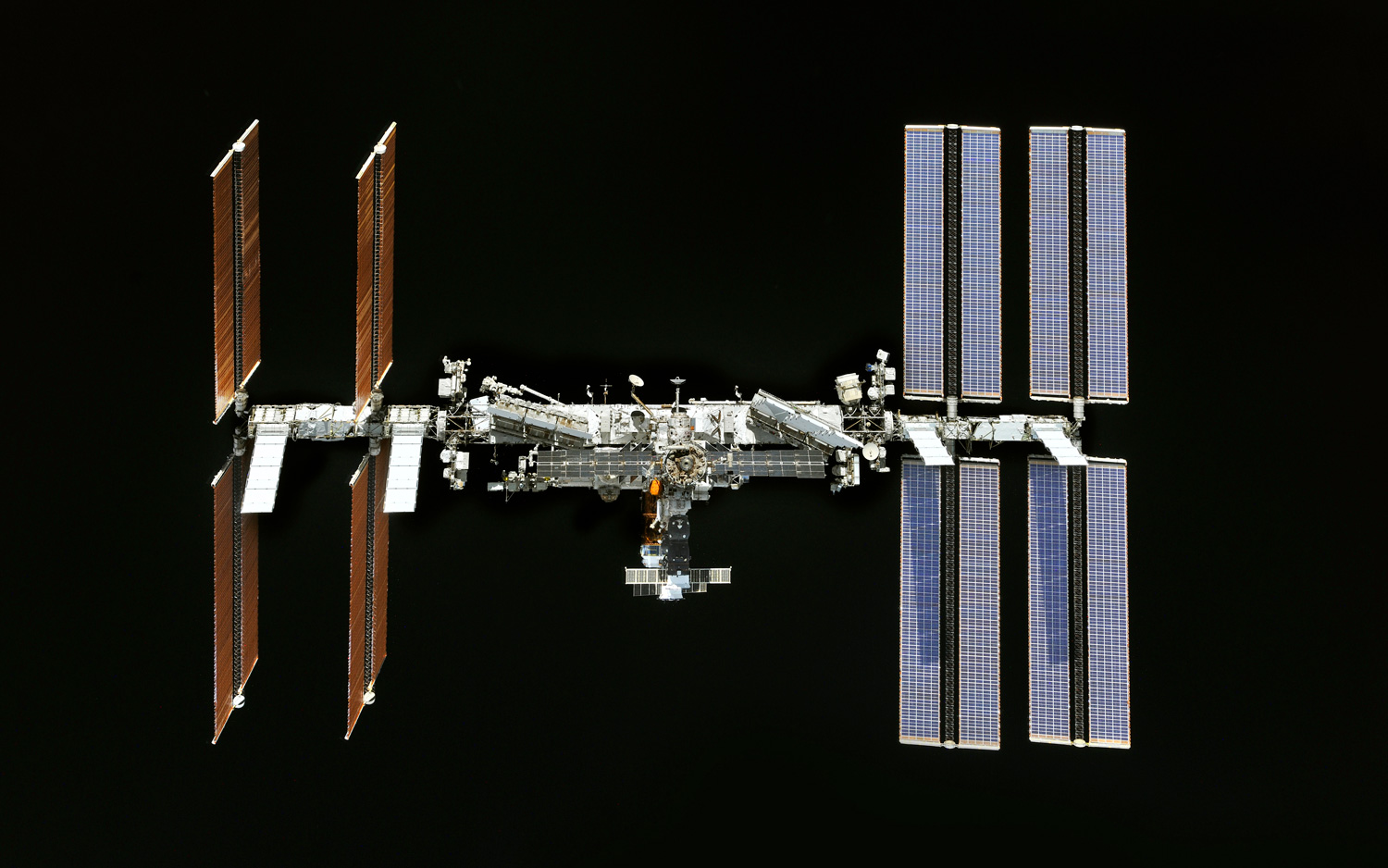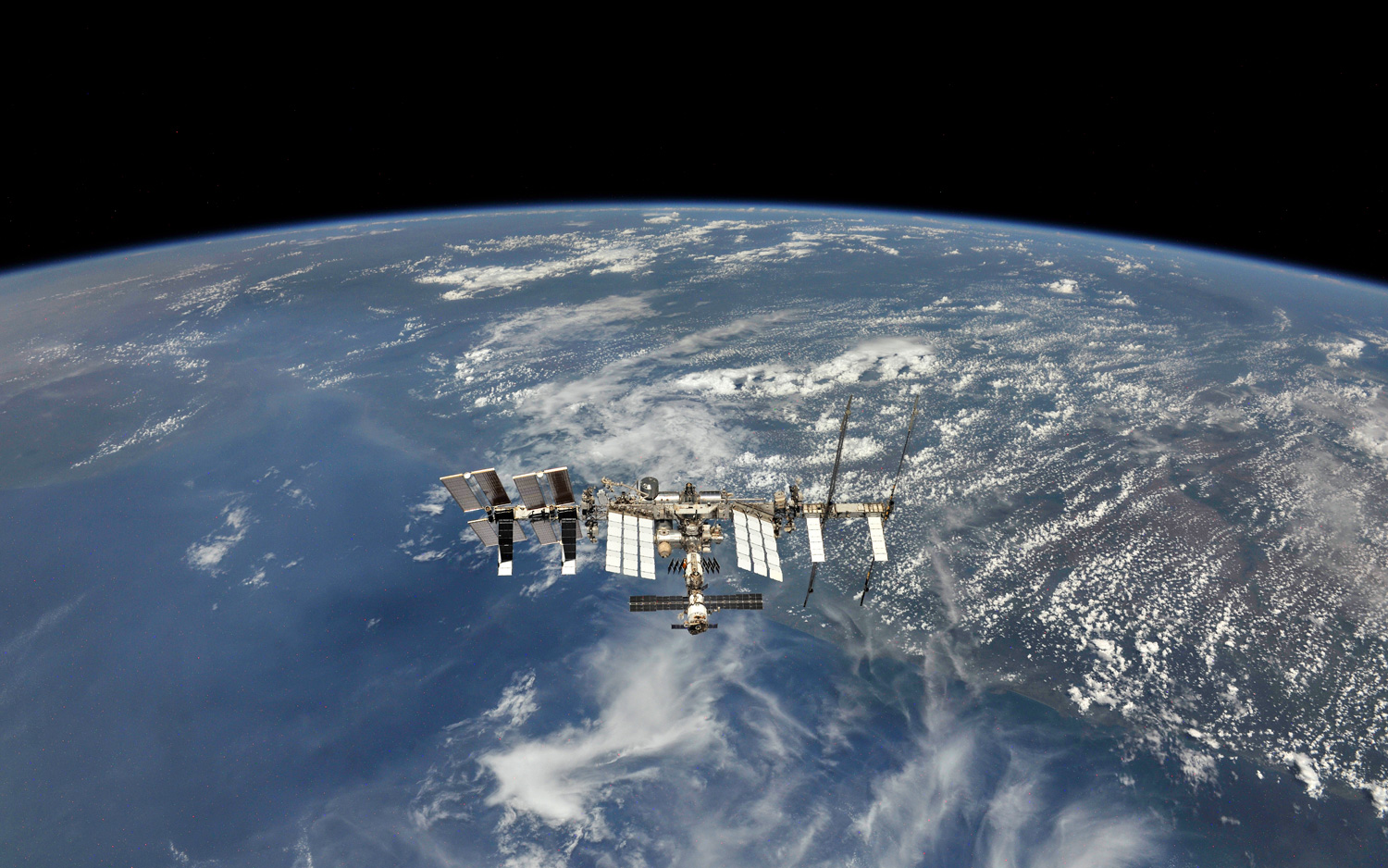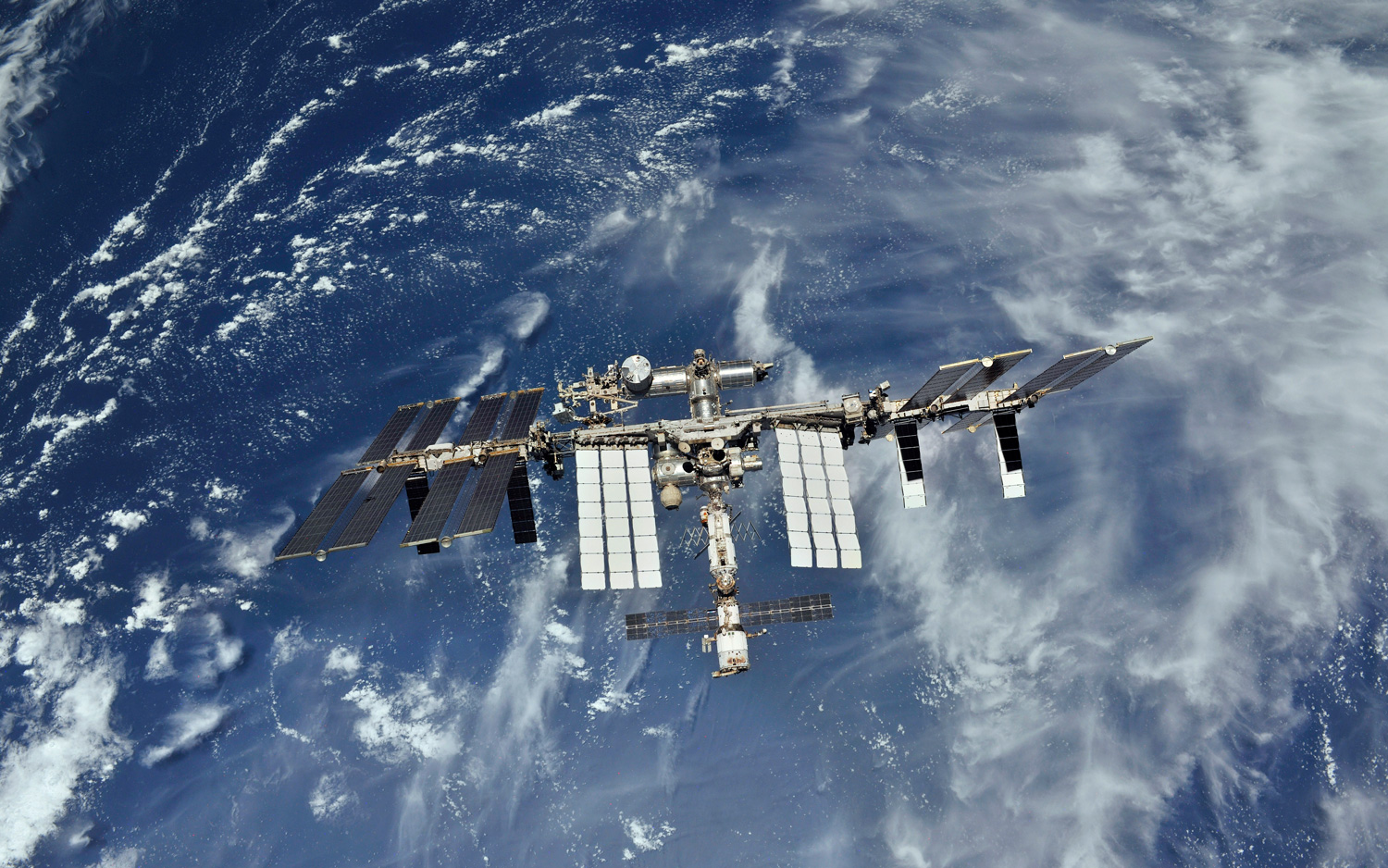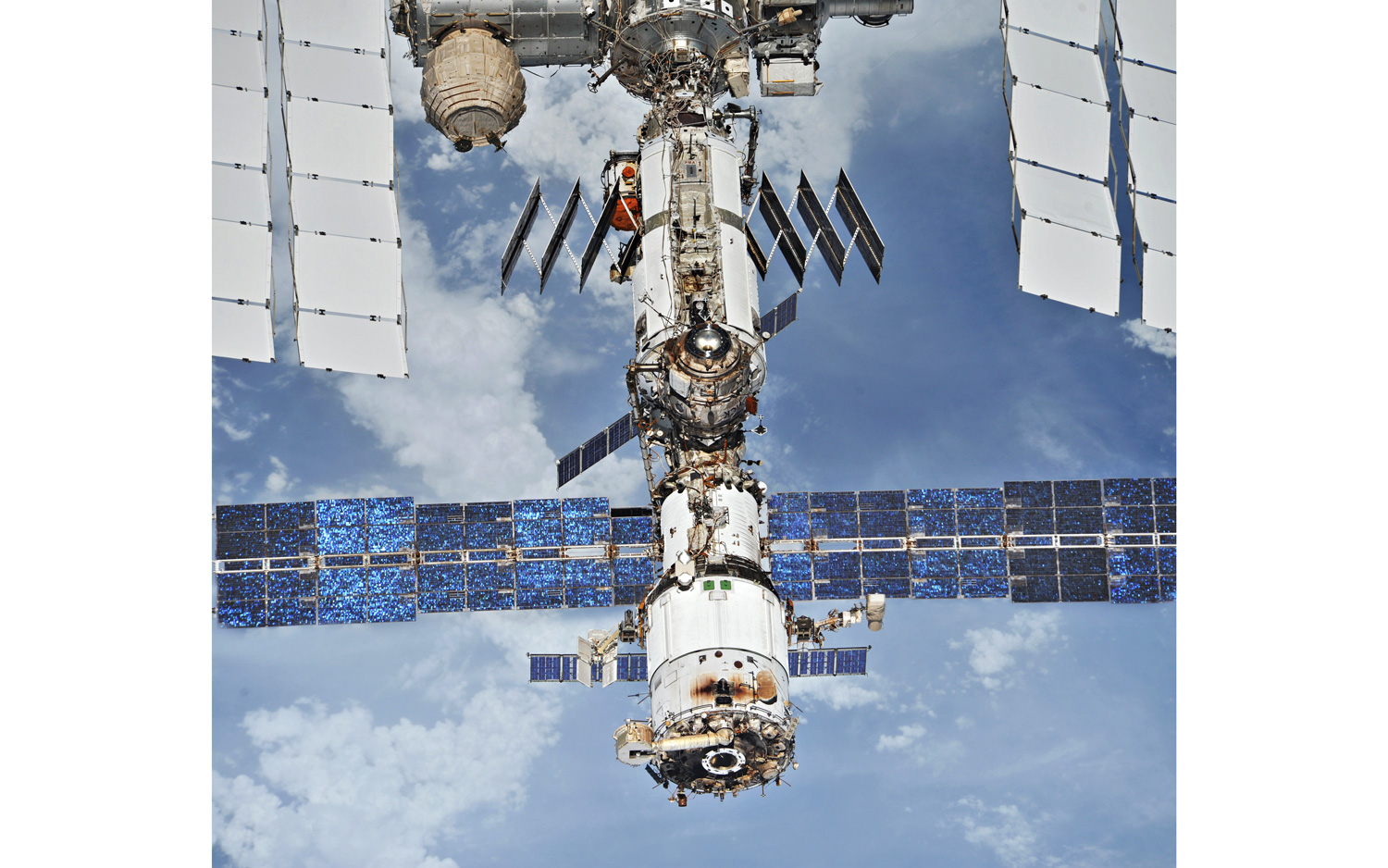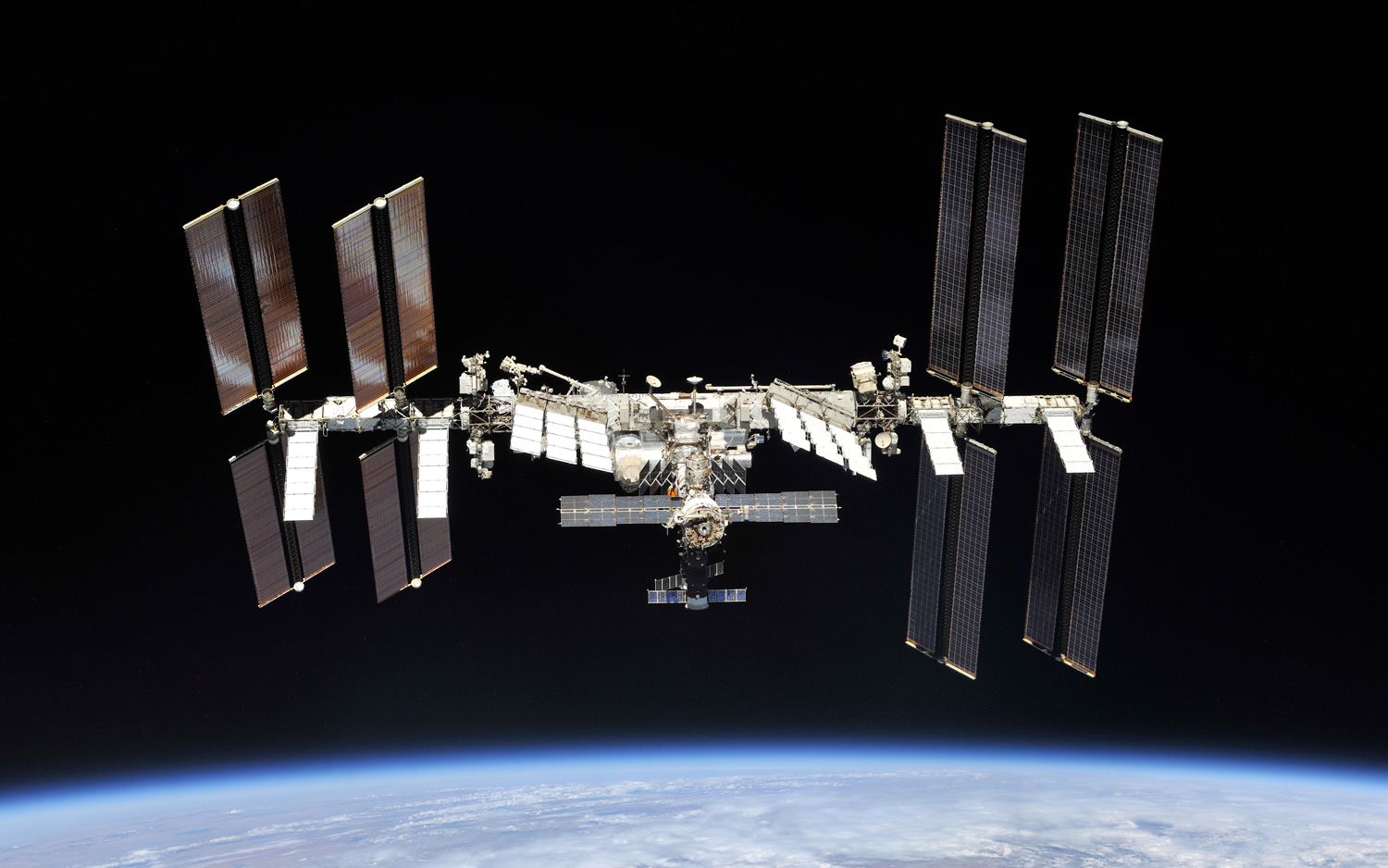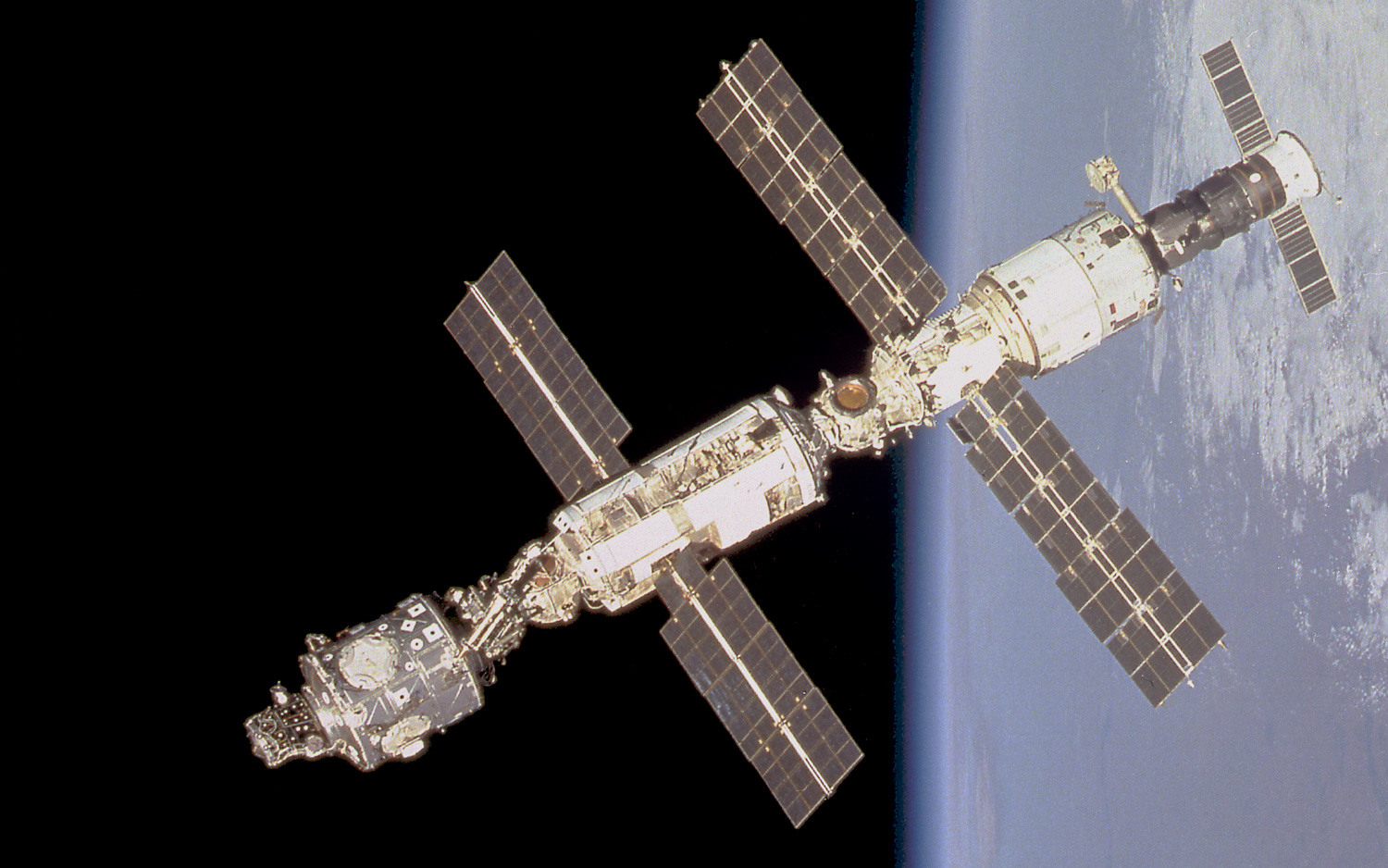Astronauts Snap Amazing Last Glances of Space Station For 20th Anniversary (Gallery)
Happy 20th Anniversary, Space Station!
On Nov. 20 1998, the first component of the International Space Station (ISS) soared into orbit atop a Russian Proton rocket. NASA and Russian space agency Roscosmos are celebrating the space laboratory's 20th anniversary with a fantastic series of photos that capture the scale and awe of this one-of-a-kind spacecraft. These images were taken on Oct. 4 2018 by the Expedition 56 crew as they caught final looks of the space station on their way back to Earth.
Celebrating 'Sunrise'
"Under overcast skies from a launch pad not far from where Yuri Gagarin became the first human to be launched into space, a spacecraft named Zarya, the Russian word for sunrise, rocketed into orbit today to usher in the era of the International Space Station." This is how NASA's Johnson Space Center began their announcement of the successful launch of the Russian Proton rocket, carrying the first module of the ISS into orbit, on Nov. 20 1998.
Astronaut Photography
"We want to extend our thanks to the cosmonaut Oleg Artemyev and NASA astronauts Andrew Feustel and Richard Arnold along with everyone who took part in organizing the space photoshoot," Roscosmos officials said in a Flickr photo caption. "Soon we are going to celebrate this year’s most important space anniversary, #20yearsISS!"
ISS and The Blue Marble
The Expedition 56 crew used a Nikon D3X camera to take these shots of the International Space Station from a Soyuz MS-08 spacecraft on Oct. 4 2018.
Over The Clouds
Almost twenty years ago to the day that these photographs were taken, ground personnel performed successful tests of the space station's first orbiting component. Known as Zarya, its solar arrays successfully articulated during testing, meaning they were able to follow the sun as the new module travels around the Earth.
Space Station Sheen
"Zarya Control Module lifted off at 11:40 a.m. local time (1:40 a.m. EST, 9:40 a.m. Moscow time) from the Baikonur Cosmodrome on the steppes of the Asian nation of Kazakstan," NASA officials announced 20 years ago on Nov. 20 1998. The first part of "an international complex involving five Partner agencies and more than a dozen nations," had entered low-Earth orbit.
Soaring Lab
Today the International Space Station offers a microgravity environment for performing creative experiments, like growing plants, searching for improved cancer therapies and monitoring the effects of long-term space travel on human bodies. It has also fostered international collaboration and advances in human spaceflight.
Breaking space news, the latest updates on rocket launches, skywatching events and more!
Here's Looking at You
This image of the International Space Station in orbit was taken in Dec. 1 2000 from the Space Shuttle Endeavour prior to docking. Most of the Station's components are clearly visible in this photograph. They are the Node 1 or Unity Module docked with the Functional Cargo Block or Zarya (top) that is linked to the Zvezda Service Module. The Soyuz spacecraft is at the bottom.

Doris is a science journalist and Space.com contributor. She received a B.A. in Sociology and Communications at Fordham University in New York City. Her first work was published in collaboration with London Mining Network, where her love of science writing was born. Her passion for astronomy started as a kid when she helped her sister build a model solar system in the Bronx. She got her first shot at astronomy writing as a Space.com editorial intern and continues to write about all things cosmic for the website. Doris has also written about microscopic plant life for Scientific American’s website and about whale calls for their print magazine. She has also written about ancient humans for Inverse, with stories ranging from how to recreate Pompeii’s cuisine to how to map the Polynesian expansion through genomics. She currently shares her home with two rabbits. Follow her on twitter at @salazar_elin.
